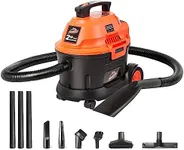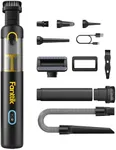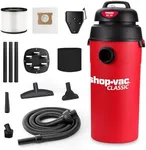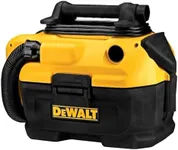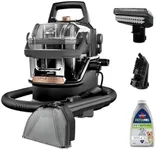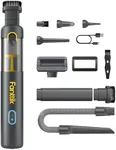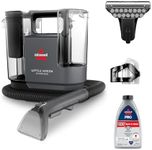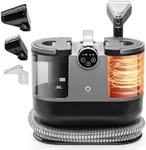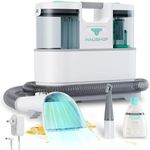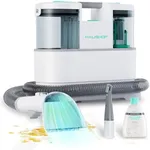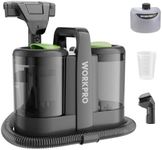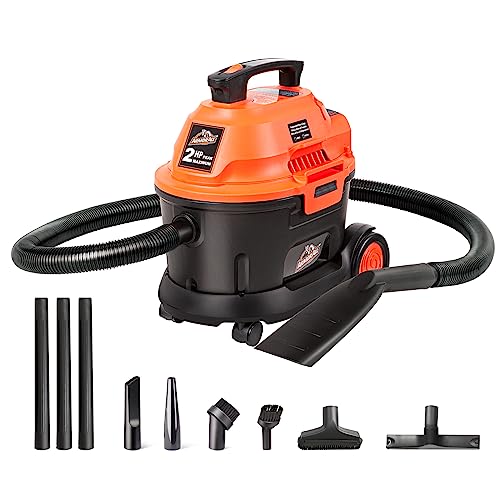Buying Guide for the Best Car Detailing Vacuum
Choosing the right car detailing vacuum can make a significant difference in maintaining the cleanliness and appearance of your vehicle. A good car detailing vacuum should be powerful enough to pick up dirt and debris, versatile enough to reach all areas of your car, and easy to use and maintain. Here are some key specifications to consider when selecting a car detailing vacuum, along with explanations to help you make the best choice for your needs.Suction PowerSuction power is a measure of how effectively the vacuum can pick up dirt and debris. It is usually measured in air watts (AW) or by the vacuum's motor power in amps. Higher suction power means better cleaning performance, especially for stubborn dirt and pet hair. For light cleaning, a vacuum with lower suction power (around 50-100 AW) may suffice. For more thorough cleaning, especially if you have pets or frequently transport messy items, look for a vacuum with higher suction power (100 AW or more).
PortabilityPortability refers to how easy it is to move and handle the vacuum. This is important because you need to reach all areas of your car, including tight spaces and under seats. Portable vacuums are usually lightweight and compact. Handheld vacuums are the most portable but may have less power and capacity. If you need to clean larger vehicles or prefer a more powerful vacuum, consider a canister or upright model with wheels for easier maneuverability.
Attachments and AccessoriesAttachments and accessories enhance the versatility of the vacuum by allowing you to clean different surfaces and hard-to-reach areas. Common attachments include crevice tools, brush nozzles, and upholstery tools. If you need to clean various surfaces like carpets, seats, and dashboards, look for a vacuum with a wide range of attachments. For basic cleaning, a few essential tools may be enough, but for detailed cleaning, more specialized attachments can be very helpful.
Filtration SystemThe filtration system determines how well the vacuum traps dust and allergens. High-efficiency particulate air (HEPA) filters are the gold standard, capturing 99.97% of particles as small as 0.3 microns. This is especially important if you have allergies or want to ensure the air in your car remains clean. For general use, a standard filter may be sufficient, but for those with allergies or sensitivities, a vacuum with a HEPA filter is recommended.
CapacityCapacity refers to the size of the vacuum's dustbin or bag. A larger capacity means you can clean for longer without needing to empty the bin. For quick, light cleaning, a smaller capacity (around 0.5-1 liter) may be adequate. For more extensive cleaning sessions or if you have a larger vehicle, a vacuum with a larger capacity (2 liters or more) will be more convenient and efficient.
Corded vs. CordlessCorded vacuums offer continuous power and are generally more powerful, but they require access to an electrical outlet and can be less convenient to maneuver. Cordless vacuums offer greater flexibility and ease of use, especially for quick clean-ups and reaching all areas of the car, but they have limited battery life and may need frequent recharging. If you need uninterrupted power for deep cleaning, a corded vacuum is ideal. For convenience and portability, especially for quick touch-ups, a cordless vacuum is a better choice.
Noise LevelNoise level is an important consideration if you prefer a quieter cleaning experience. Vacuums are typically measured in decibels (dB), with lower numbers indicating quieter operation. For a quieter vacuum, look for models that operate at around 60-70 dB. If noise is not a major concern, you can focus more on other features like power and capacity.


